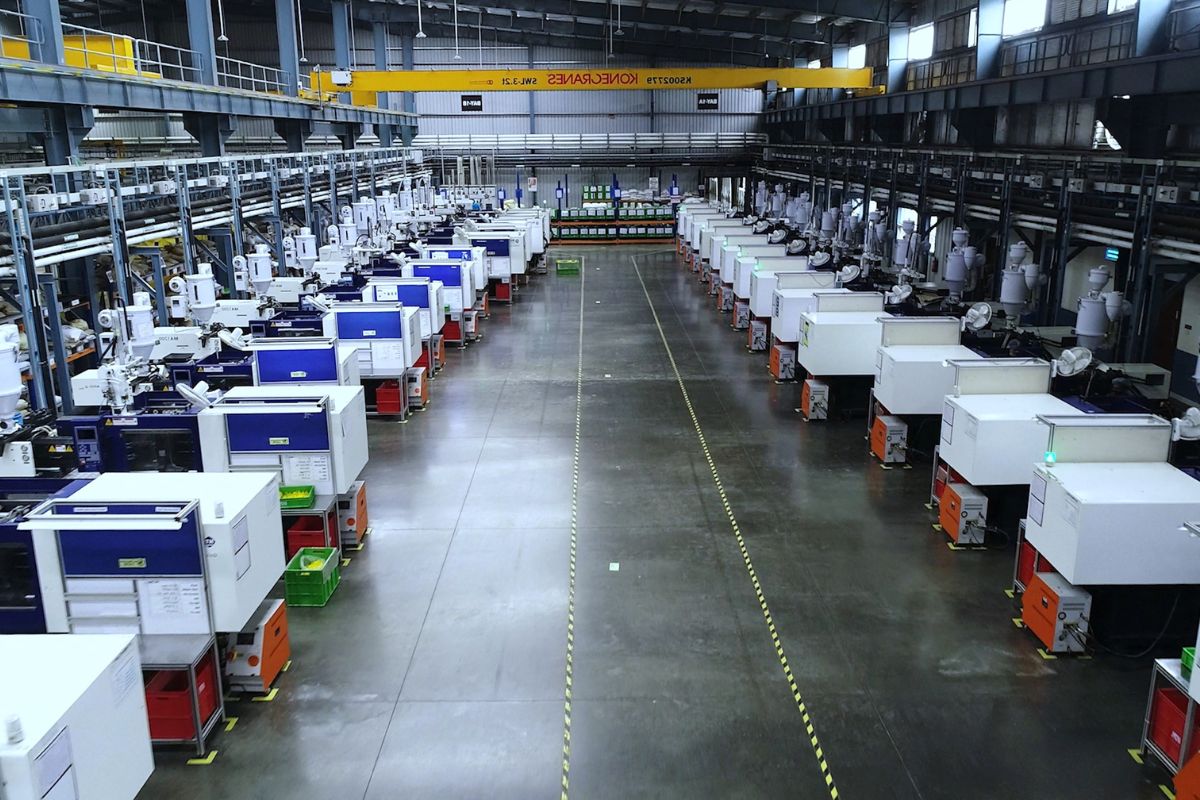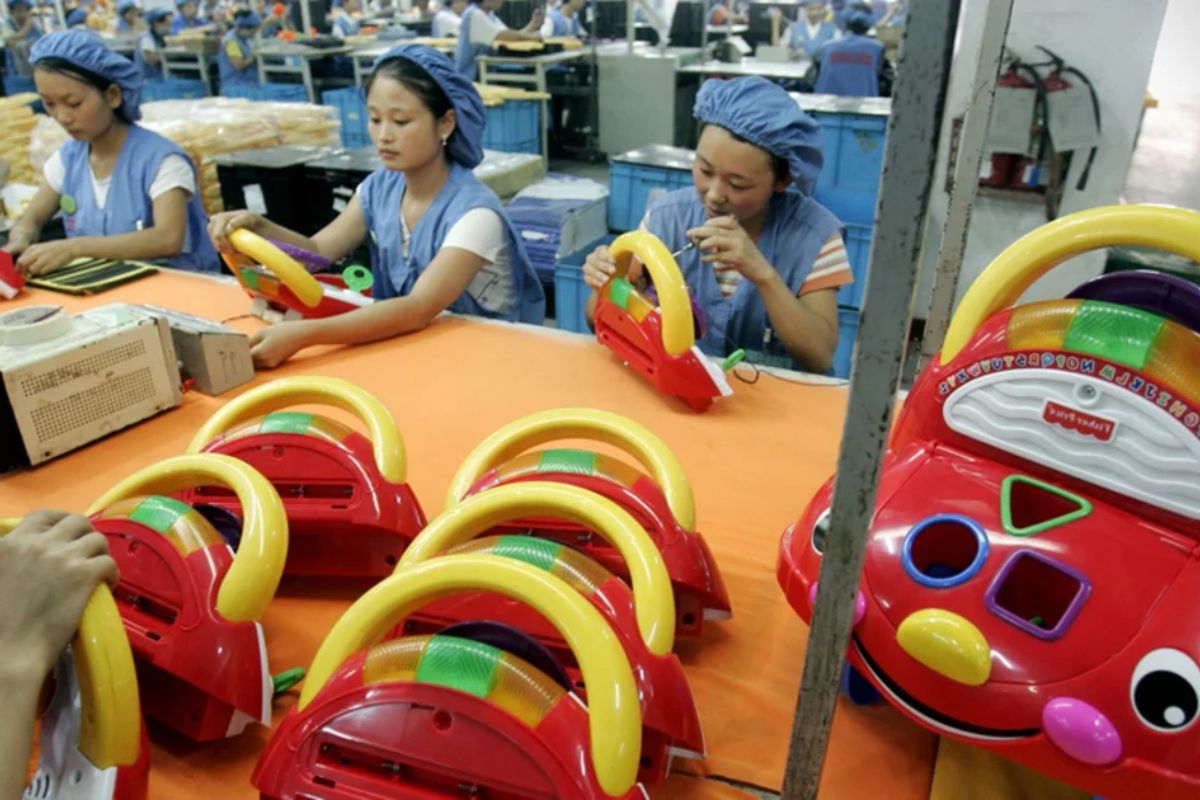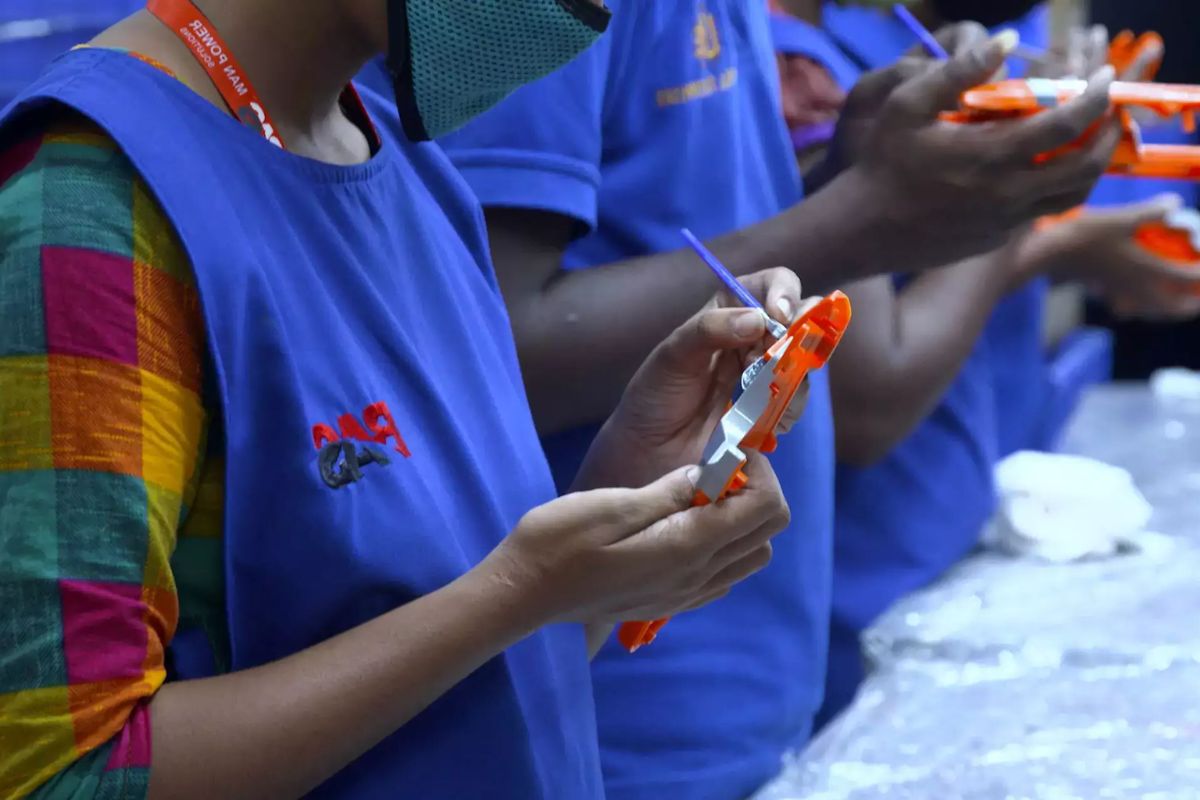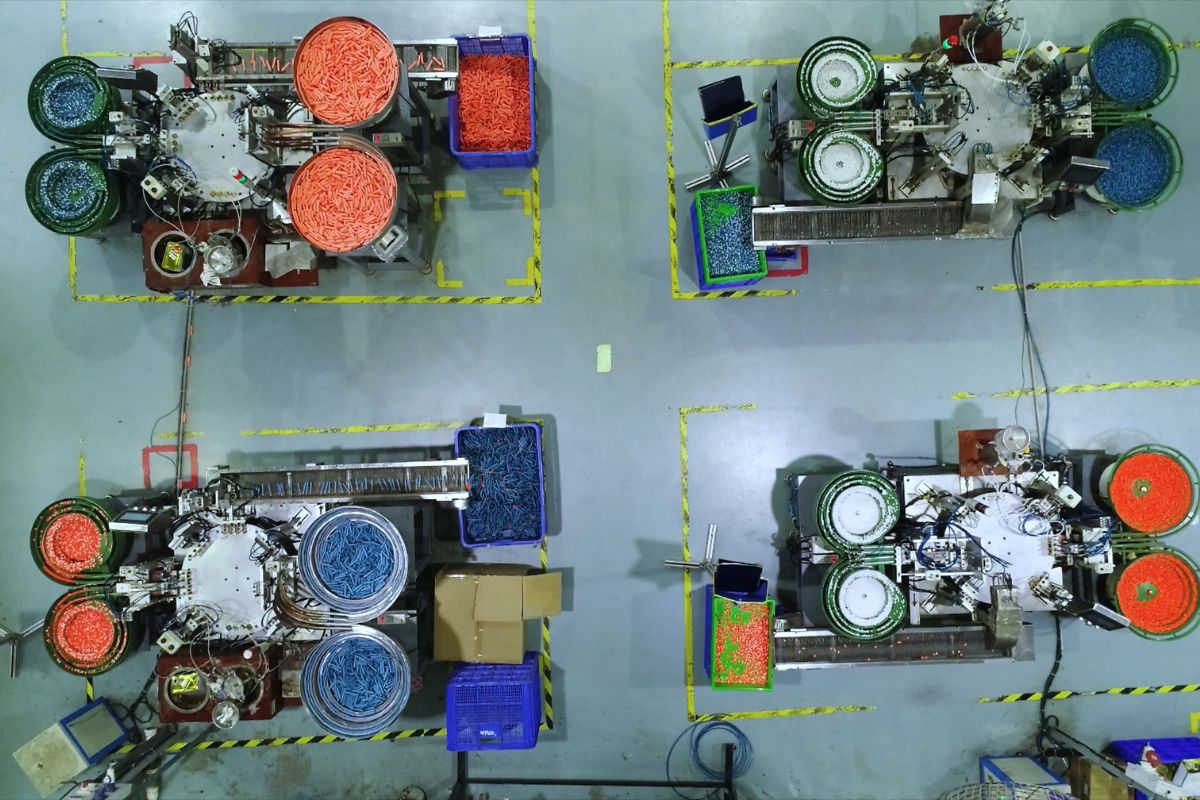Toy Industry’s Great Exodus: In a world where supply chains have become increasingly complex and interconnected, the toy industry finds itself at a critical crossroad.
For years, China has been the playground for toy manufacturing, dominating the global market with its cost-effective production capabilities. However, recent shifts in operational risks and rising costs have prompted manufacturers to seek alternative production locations.
As the industry embarks on this quest for new horizons, the implications for toy prices and the landscape of global manufacturing are profound. Join me as we delve into the reasons behind this exodus and explore the potential destinations that could reshape the toy industry as we know it.
Key Takeaways
- Toy manufacturers are seeking cost-effective alternatives to China’s production efficiency due to escalating production costs in China and India’s inability to match China’s efficiency levels.
- Despite rising labor costs and disruptions, China’s dominance in toy production remains strong, as it produced 79% of toys sold in the US and Europe. Increased investment in countries like India does not challenge China’s position due to its manufacturing prowess and infrastructure.
- Transitioning production away from China involves operational risks and a lengthy transition process, which includes establishing a new factory or working with a contract manufacturer for up to three years.
- Rising production costs in China impact toy prices, leading manufacturers to decide whether to absorb the costs or pass them on to consumers. Changing trade relations and higher duties on Chinese toys may result in higher prices for consumers in the future.
The Quest for Cost-Effective Alternatives
In the challenging pursuit of cost-effective alternatives, toy manufacturers are faced with the daunting task of finding production options that rival the efficiency of China’s manufacturing capabilities. The escalating production costs in China have forced toy manufacturers to seek alternatives in order to maintain profitability.
However, their efforts have been hindered by the lack of efficiency in countries like India. Six years ago, Hasbro attempted to shift production to India through subcontracting with aerospace supplier Aequs. Unfortunately, they quickly discovered that the efficiency levels in India were unable to match China’s, limiting their ability to transition to lower-cost bases.
Also Read: Hasbro eOne Sale: Selling Part of eOne Amidst Toy Industry Slump
This quest for cost-effective alternatives has become a critical issue for toy manufacturers, as they strive to find solutions that can match or surpass China’s manufacturing prowess.
China’s Dominance Persists in Toy Production
Despite attempts to diversify production and reduce reliance on China, the toy industry continues to be overwhelmingly dominated by Chinese manufacturing. Despite rising labor costs and disruptions caused by the pandemic, mainland China produced a staggering 79% of toys sold in the United States and Europe in the first seven months of the previous year.
This persistent dominance poses a significant challenge for those seeking cost-effective alternatives. While there has been increased investment in countries like India, navigating the highly seasonal nature of the toy industry and meeting stringent safety and sourcing standards remain complex issues.
The allure of China’s manufacturing prowess and infrastructure, coupled with its ability to produce toys at scale, continues to make it the go-to destination for toy production. As a result, reducing reliance on China’s toy production remains an uphill battle for the industry.
Operational Risks and Long Transition Processes
Navigating the complex landscape of operational risks and confronting the lengthy transition processes involved in shifting toy production away from China is a formidable challenge for major manufacturers in the industry.
The operational risks are multifaceted and can range from supply chain disruptions to quality control issues.
The transition process itself is time-consuming, with the establishment of a new factory taking up to three years and the production of products from a contract manufacturer taking 18 months.
Major players like Hasbro and Mattel have recognized the dangers of overdependence on China and have been making efforts to diversify since 2018. However, the urgency to reduce reliance on China has been intensified by the pandemic, which has exposed vulnerabilities in global supply chains.
The long transition processes only exacerbate the risks involved, making it crucial for manufacturers to carefully plan and execute their shift away from China.
- Operational risks:
- Supply chain disruptions
- Quality control issues
- Lengthy transition processes:
- Up to three years for a new factory
- 18 months for products from a contract manufacturer
Impact of Rising Costs on Toy Prices
The rising costs of production in China are having a significant impact on toy prices, potentially burdening consumers with higher expenses. With Chinese wage increases and other factors driving up production costs, toy manufacturers are facing the difficult decision of either absorbing these costs or passing them on to consumers.
The recent 8% price hike in the UK during the first half of 2022 is just the beginning, as further increases may be on the horizon if manufacturers cannot find ways to cut costs elsewhere. Additionally, the potential implications of changing trade relations between the US and China could result in higher duties on Chinese toys, further driving up prices for consumers.
As a result, consumers may need to prepare for the possibility of paying more for their favorite toys in the near future.
Exploring Alternative Production Locations
With rising production costs and the potential for higher toy prices looming, toy manufacturers are actively seeking alternative production locations to alleviate the burden on consumers. This shift has led to the exploration of various countries as potential manufacturing hubs.
Some of the locations being considered include Taiwan, Japan, Vietnam, India, and Thailand. Each country offers its own set of advantages and challenges. For instance, Taiwan and Japan are known for their advanced manufacturing capabilities and high-quality production standards.
Vietnam and Thailand, on the other hand, offer lower labor costs and a growing infrastructure. However, challenges such as regulatory complexities, infrastructure issues, and cultural differences persist.
Despite these challenges, toy makers remain optimistic about the potential of these alternative production centers, as they provide an opportunity to diversify away from China and reduce costs while maintaining quality.
Conclusion Of Toy Industry’s Great Exodus
The toy industry’s dependence on China for manufacturing is a risky and costly decision. Despite operational risks and long transition processes, companies must explore alternative production locations to mitigate the impact of rising costs on toy prices.
By diversifying manufacturing locations, the industry can reduce its reliance on China’s dominance and find cost-effective alternatives. It’s time for the toy industry to break free from China’s playground and embrace new opportunities for growth and sustainability.
Our Reader’s Queries
Q1 What are the challenges faced in the toy industry?
A The toy manufacturing sector encounters challenges associated with evolving consumer preferences, technological progress, and competitive dynamics in the market.
Q2 What toys are manufactured in China?
A Thomas & Friends, commonly known as Thomas the Tank Engine, is a favorite among young boys. Barbie dolls, Polly Pocket, Vtech Toys & Electronics, and the classic Rubik’s Cube are also popular choices.
Q3 What is the toy company in child’s play?
A Play Pals Toys gains prominence in the Chucky series as a renowned toy company, best recognized for launching the widely known Good Guys toy line.




